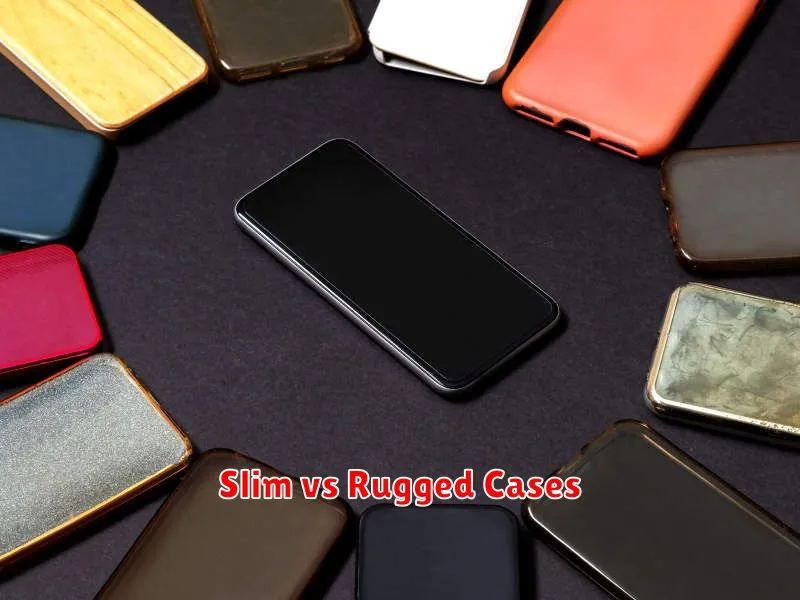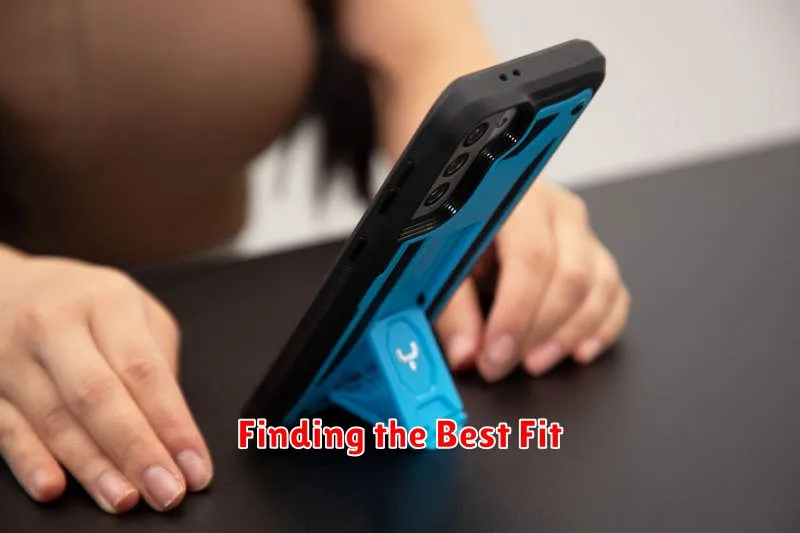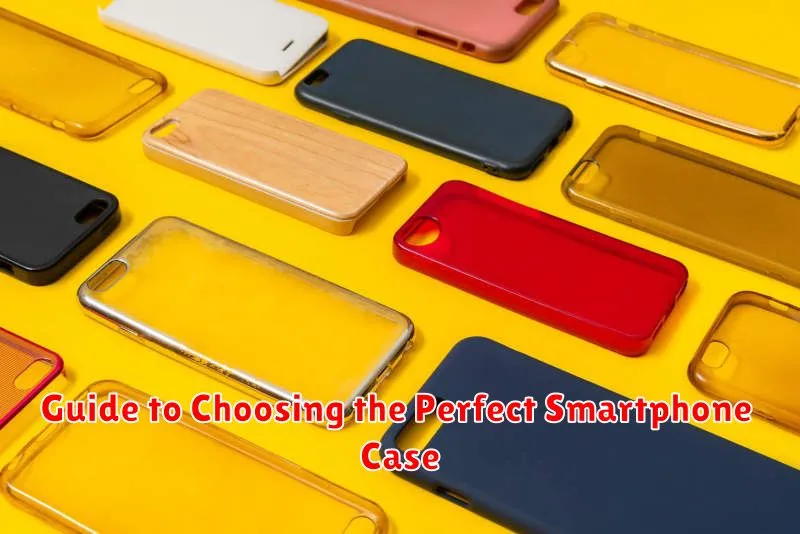Choosing the perfect smartphone case can be a daunting task, given the sheer volume of options available. This guide will provide you with the essential information you need to navigate the world of smartphone cases and select the ideal protection for your device. We’ll delve into the critical factors, such as durability, style, functionality, and price, to help you make an informed decision. Whether you prioritize drop protection, a slim profile, or a wallet case design, understanding these key aspects will ensure you find the perfect smartphone case that meets your individual needs and preferences.
From rugged cases built to withstand extreme conditions to stylish cases that complement your personal aesthetic, the right case can significantly enhance your smartphone experience. This guide will cover the various types of smartphone cases, including clear cases, silicone cases, leather cases, and more. We’ll explore the advantages and disadvantages of each type, empowering you to choose a smartphone case that offers the perfect balance of protection and style. By considering the level of protection, material, and features, you can confidently select a smartphone case that will keep your device safe and looking its best.
Case Material Options
Smartphone cases come in a wide variety of materials, each offering different levels of protection and style. Choosing the right material depends on your individual needs and preferences. Some of the most popular choices include:
Silicone
Silicone cases are known for their flexibility and shock-absorbency. They are generally lightweight and offer a good grip, making them less prone to slipping from your hand. They are also relatively inexpensive.
Plastic (Polycarbonate)
Hard plastic cases, often made from polycarbonate, provide rigid protection against scratches and minor impacts. They are generally slimmer than silicone cases and come in a wider variety of designs and colors.
TPU (Thermoplastic Polyurethane)
TPU cases combine the flexibility of silicone with the durability of plastic. They offer a good balance of protection and comfort, and are often more resistant to abrasion than silicone.
Leather
Leather cases add a touch of style and sophistication. They offer decent protection against scratches and bumps and develop a unique patina over time. However, they are generally more expensive than other materials.
Evaluating Drop Protection
Drop protection is a critical factor when selecting a smartphone case. Understanding how manufacturers test and rate their cases helps determine the level of protection offered.
Look for information on drop test standards. Manufacturers often use military standards like MIL-STD-810G or their own internal testing procedures. Understanding the specifics of these tests, including the drop height and surface material, is crucial.
Consider the materials used in the case construction. Cases made from a combination of polycarbonate and TPU (thermoplastic polyurethane) often offer good impact absorption. The design of the case, such as reinforced corners and raised bezels, also contributes to drop protection.
Slim vs Rugged Cases

Choosing between a slim and a rugged case depends largely on your lifestyle and priorities. Slim cases prioritize aesthetics and minimal bulk. They offer basic scratch protection and a slight lip to protect the screen when placed face down. However, they offer minimal drop protection.
Rugged cases, on the other hand, are designed to withstand significant impacts and drops. They are typically bulkier and made from durable materials like TPU or polycarbonate. They often feature reinforced corners and raised bezels for enhanced screen and camera protection.
Consider the level of protection you need. If you’re prone to dropping your phone or work in a demanding environment, a rugged case is a wise investment. If you prioritize a sleek profile and pocketability, a slim case is a better fit.
Impact on Wireless Charging
Smartphone cases can significantly impact wireless charging functionality. Material and thickness are the primary factors influencing charging compatibility and efficiency.
Cases made of metal or those incorporating metal elements often interfere with the electromagnetic field necessary for wireless charging. They can block the charge entirely or significantly reduce charging speeds. Similarly, thick cases, even if made of non-metallic materials, can create too much distance between the phone’s charging coil and the charging pad, hindering the charging process.
Conversely, thin cases made of plastic, silicone, or TPU (Thermoplastic Polyurethane) generally do not interfere with wireless charging. However, some exceptionally thick rugged cases, even if made of these compatible materials, might still pose a problem.
When selecting a case, consider its compatibility with your wireless charging setup. If you rely heavily on wireless charging, opt for a thin, non-metallic case to ensure optimal performance.
Finding the Best Fit

Ensuring a proper fit is paramount when selecting a smartphone case. A poorly fitting case can negate its protective qualities and may even damage your device.
Check Compatibility: Begin by verifying the case’s listed compatibility with your specific phone model. Even slight variations within a phone series (e.g., “Pro” or “Max” models) can affect compatibility.
Consider Case Dimensions: Pay close attention to the case’s dimensions and compare them to your phone’s specifications. This is especially critical for slim-fit cases.
Read Reviews: User reviews often provide valuable insights into the fit and overall quality of a case. Look for comments specifically mentioning the case’s fit on your phone model.
Test the Fit (If Possible): If purchasing in a physical store, test the fit before buying. Ensure all buttons, ports, and the camera cutout align correctly. The case should fit snugly without excessive force.

